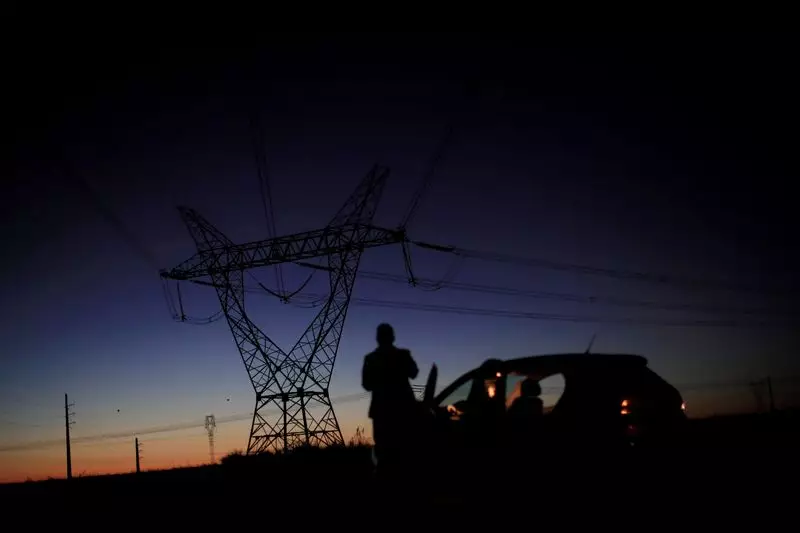The decision by local power regulator Aneel to impose an additional charge on electricity bills in September has raised concerns among Brazilians. The drop in reservoir levels at hydroelectric plants during the dry season has prompted this increase in costs, impacting consumers across the country. Despite the growth of wind and solar power in Brazil, a significant portion of the country’s power supply still relies on hydroelectric plants, making it vulnerable to fluctuations in water levels.
Aneel’s implementation of a pricing system that includes “green”, “yellow”, “red level 1”, and “red level 2” categories has further complicated the situation. While the “green” category signifies no additional charges on power bills, the transition to “yellow” and beyond introduces gradual tariff increases. The activation of the “red level 2” rank means that Brazilians will now have to pay an extra 7.88 reais ($1.40) for every 100 kilowatt-hour of electricity consumed, adding to the financial burden on households.
The timing of this decision is crucial, especially as Brazil experiences below-average rainfall in its main hydroelectric areas. This weather forecast has forced power generators to rely more on thermoelectric plants, which are costlier to operate. As a result, consumers are left to bear the brunt of these additional expenses, further straining their budgets and raising inflation concerns in the country.
This situation is reminiscent of the challenges faced by Brazil in August 2021 when a major drought led to similar measures being implemented. The recurrence of such circumstances underscores the vulnerability of Brazil’s energy infrastructure to climatic variations, highlighting the need for diversified energy sources and improved resilience in the face of environmental uncertainties.
As Brazilians grapple with the prospect of higher electricity costs in September, there is a growing recognition of the importance of long-term energy planning and sustainability measures. Investing in renewable energy sources and promoting energy efficiency could mitigate the country’s reliance on hydroelectric power and reduce the impact of future price fluctuations on consumers. Policymakers and industry stakeholders must work together to address these challenges and build a more resilient energy sector for the benefit of all Brazilians.

